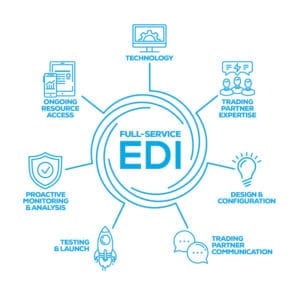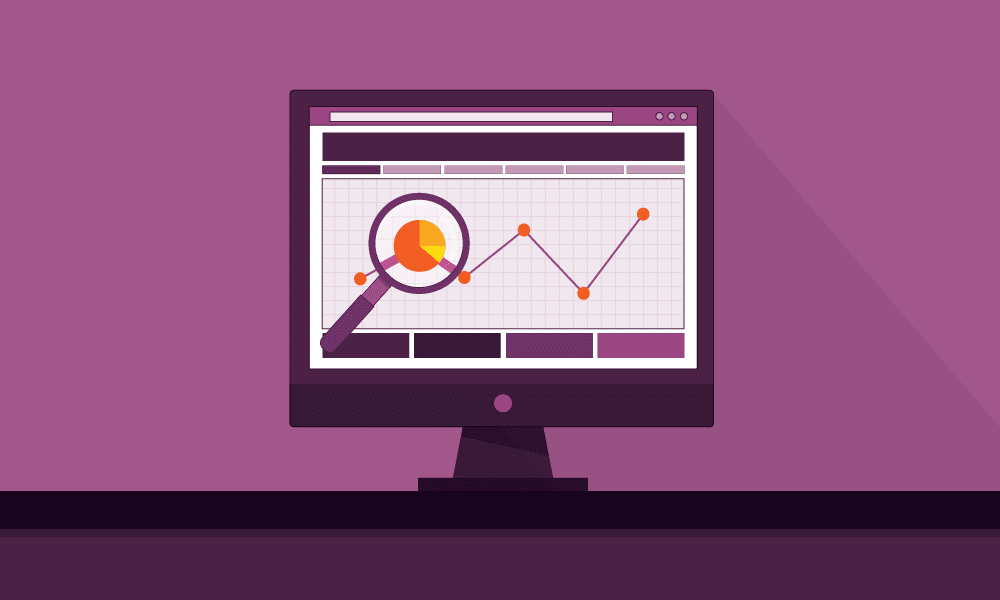How to improve sell through with data analytics
Twenty years ago, many retail stores often had two methods of reordering inventory: order when products were nearly out and hope the new stock arrived on time, or order on a schedule and hope enough inventory from the previous round sold out before the new delivery came.
Frequently, you either ran out before the new shipment arrived, or you had a few days where you had much more than you needed.
These days, modern point-of-sales analytics helps you make more accurate and timely calculations about how much inventory you need for a given period. For example, analytics can show you which products are selling slowly and do not need replenishment. You can similarly see which products are selling quickly and have fewer weeks of stock in inventory. This gives you a better estimate of how quickly or slowly you’ll sell out of your current inventory, and how much you need to order over your next sales cycle.
Analytics also gives you an idea of what you should stock in general and which items you shouldn’t. After all, if sell-through is extremely low, maybe you shouldn’t carry that product at all, and you should order more of something that is selling better. Ensuring your stores are carrying an optimal assortment of products maximizes the value from your limited space.
You can even improve your sell-through using Analytics, where suppliers and retailers share POS data and compare their results to mutually grow their business together. This gives both partners even more insights into the inventory adjustments they should make, which can only improve their bottom line.
For example, say you have a big store and can’t keep track of all your inventory. You keep ordering all the same products and realize you’re getting an excess of some products because you’re not selling as many as you did a few weeks ago. Now you must put all the extra on clearance and severe markdown, even though it would have sold out if you’d just had an average amount in stock.
If you had used analytics to show you exactly what is selling, you could spot the trends faster, and order just as much as you need of each product. This way, you can sell all your inventory at the full retail price instead of marking down the last 10 percent of your stock.
And with Collaborative Analytics, your supplier might be able to tell you that, based on their own national sales data, specific products sell better during certain time periods or when displayed near other items.
Analytics can also tell you if you’re selling out of things too early and didn’t realize it. Monitoring your sales data and setting alerts when you reach certain inventory levels can tell you how much and which products you should be ordering. Then you can incrementally increase how much you order, so you don’t have to deal with overstocks and markdowns.
You can even set a trigger to automatically reorder your best-selling items rather than waiting until you’re nearly out, or having a low inventory alert go off when you happen to be away for a couple of days. This is one of the benefits of using analytics to automate some of your ordering processes.
POS analytics can even monitor sales data at a granular level, such as the popularity of different colors of a particular item. For example, if you find out that red and orange shirts are selling well, but the green ones aren’t, then you know you don’t have to order the green and can instead try another color to see if that sells better. And by comparing the new color to the other colors you’ve carried, you can optimize your lineup, so you’re sure to have the items people most want.
Bottom line, POS analytics will help you optimize your inventory levels, as well as the items you carry so that you can reduce – if not eliminate – your overstock items. This will help you avoid big sales and heavy markdowns just to clear out your unsold items. Instead, you’ll know how much you have to get in so that you can sell everything at the full retail price.
To learn more about using data analytics in your retail sales operation, please ask to speak to one of our data analytics experts and receive a free demonstration of our data analytics solutions.

Find the correct EDI solution for your business.
Get more insights on full-service EDI by downloading our white paper.
READ OUR WHITE PAPER- The importance of big data in retail - December 14, 2022
- What is Supply Chain Demand Planning? - March 2, 2022
- Why Merchandising Matters for Suppliers - February 3, 2021


RELATED POSTS
Building brand trust: why transparenc...
Advancing food supply chain visibilit...
4 key trends reshaping the food suppl...